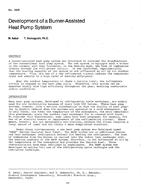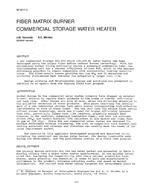Due to physical space and/or cost limitations, sensors installed in heating, ventilation and air-conditioning systems (HVAC) are not as adequate or as accurate as needed. Several indirect device characteristic curve based (DCCB) virtual sensors using HVAC equipment operational conditions have been developed to solve the challenge. Fans, cooling coils, pumps and control valves/dampers are used in the virtual airflow, mixed air temperature and water flow rate measurements. DCCB virtual sensors utilize measureable operation conditions of devices such as damper position, valve position or fan/pump speed or fan/pump head to predict virtual measurements based on regressed or analytical device characteristic curves. As a result, the uncertainty of virtual sensors is significantly increased due to two factors: 1) error propagation from measured inputs; 2) error propagation from uncertainty of the device curves which are used to describe the device characteristics. This paper summarizes a procedure for analyzing the uncertainty in values from virtual sensors. The total uncertainty in values of the dependent output variable (i.e., virtual measurement) includes the uncertainty in all independent input variables propagated through the equations that relate the inputs to the output. The procedure is then applied to two virtual sensors as examples.
Citation: ASHRAE Conference Papers, Dallas, TX.
Product Details
- Published:
- 2013
- Number of Pages:
- 8
- File Size:
- 1 file , 1.7 MB
- Product Code(s):
- D-DA-13-C012


